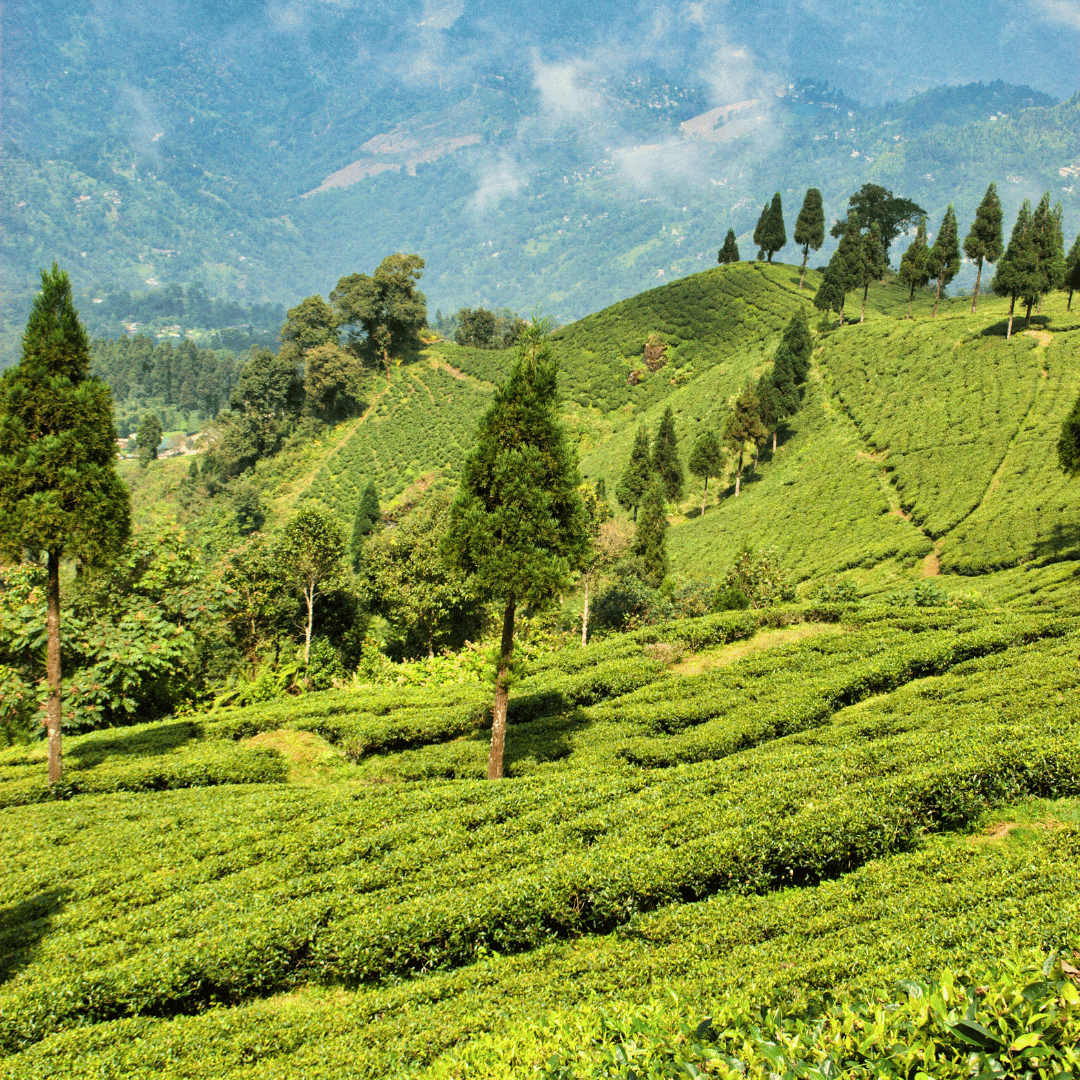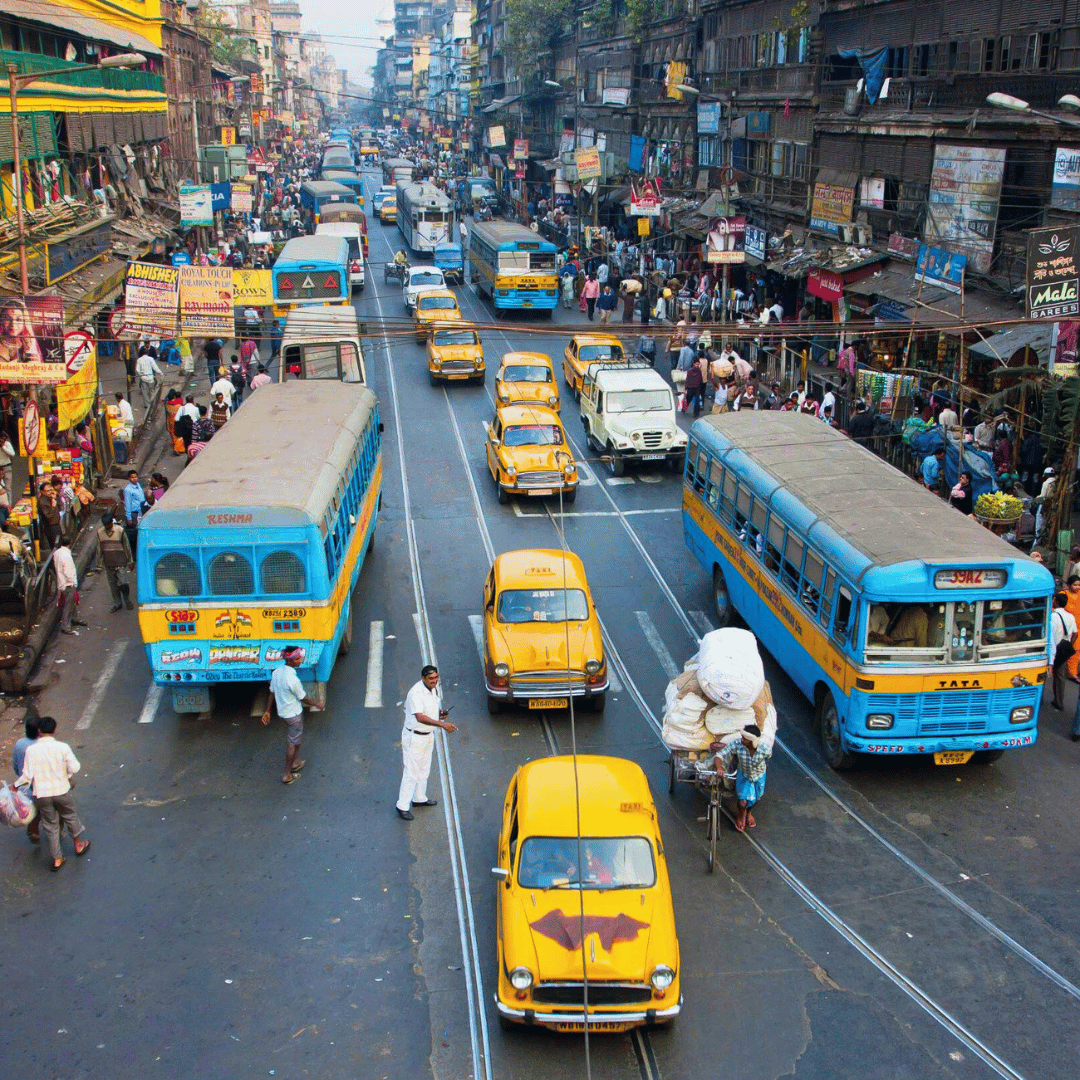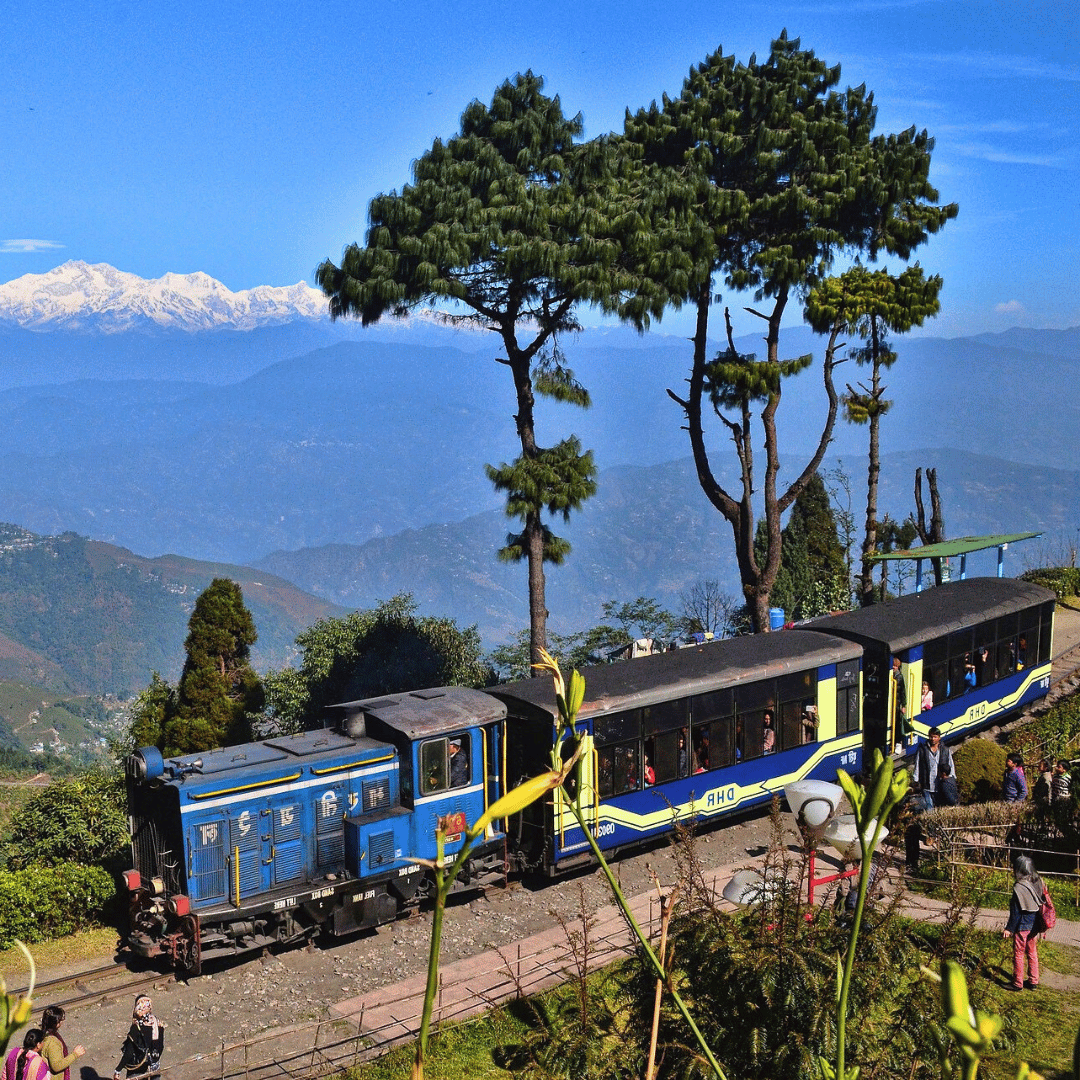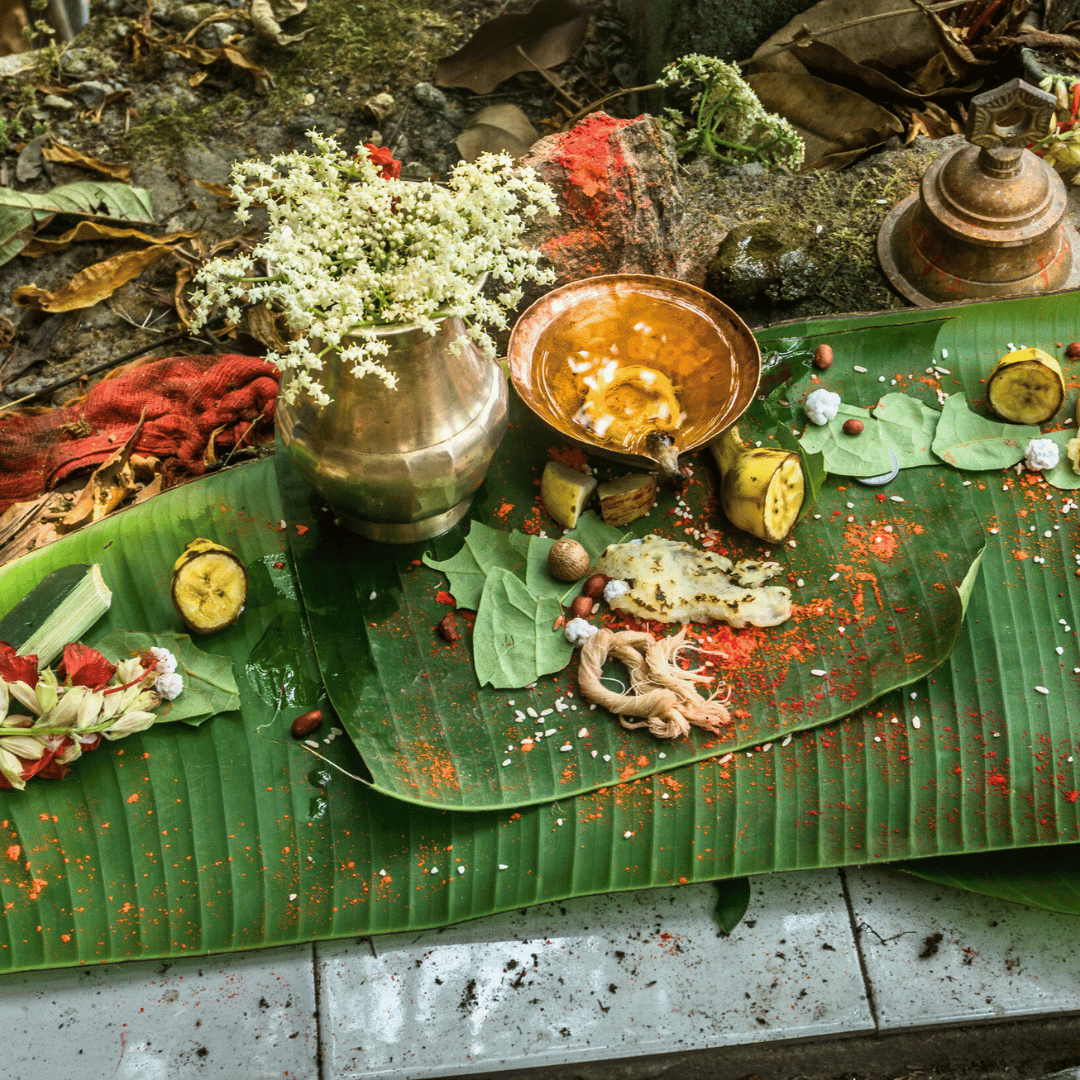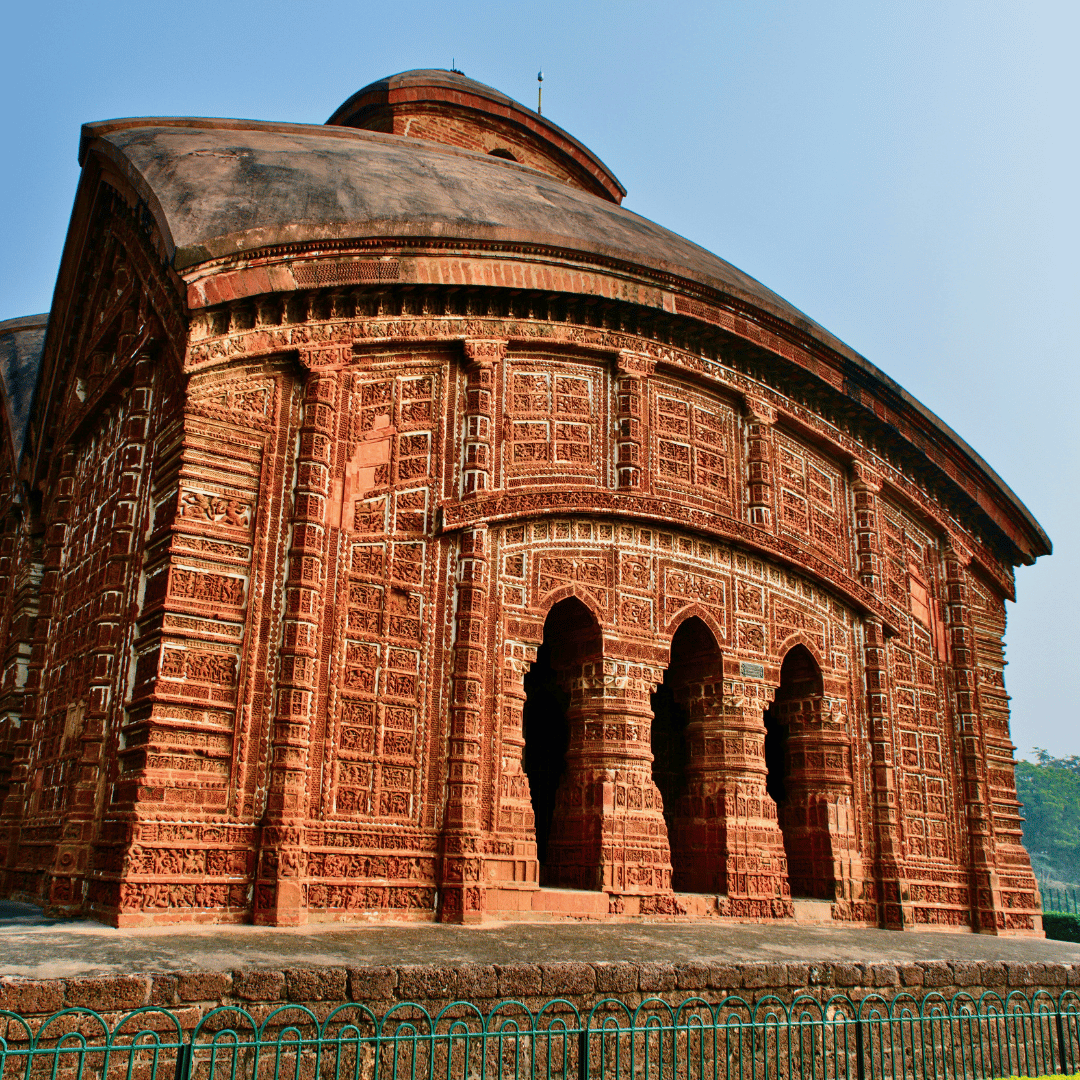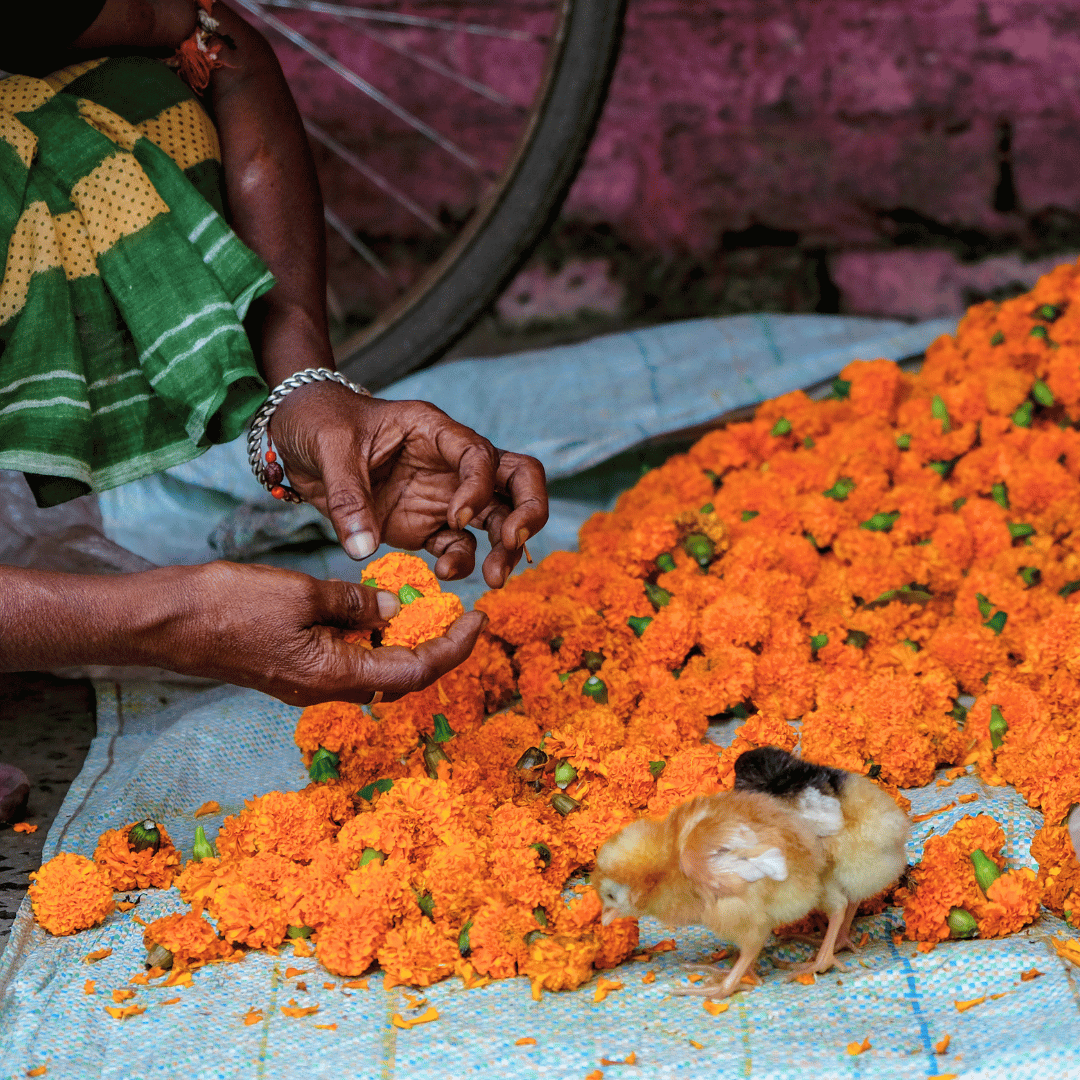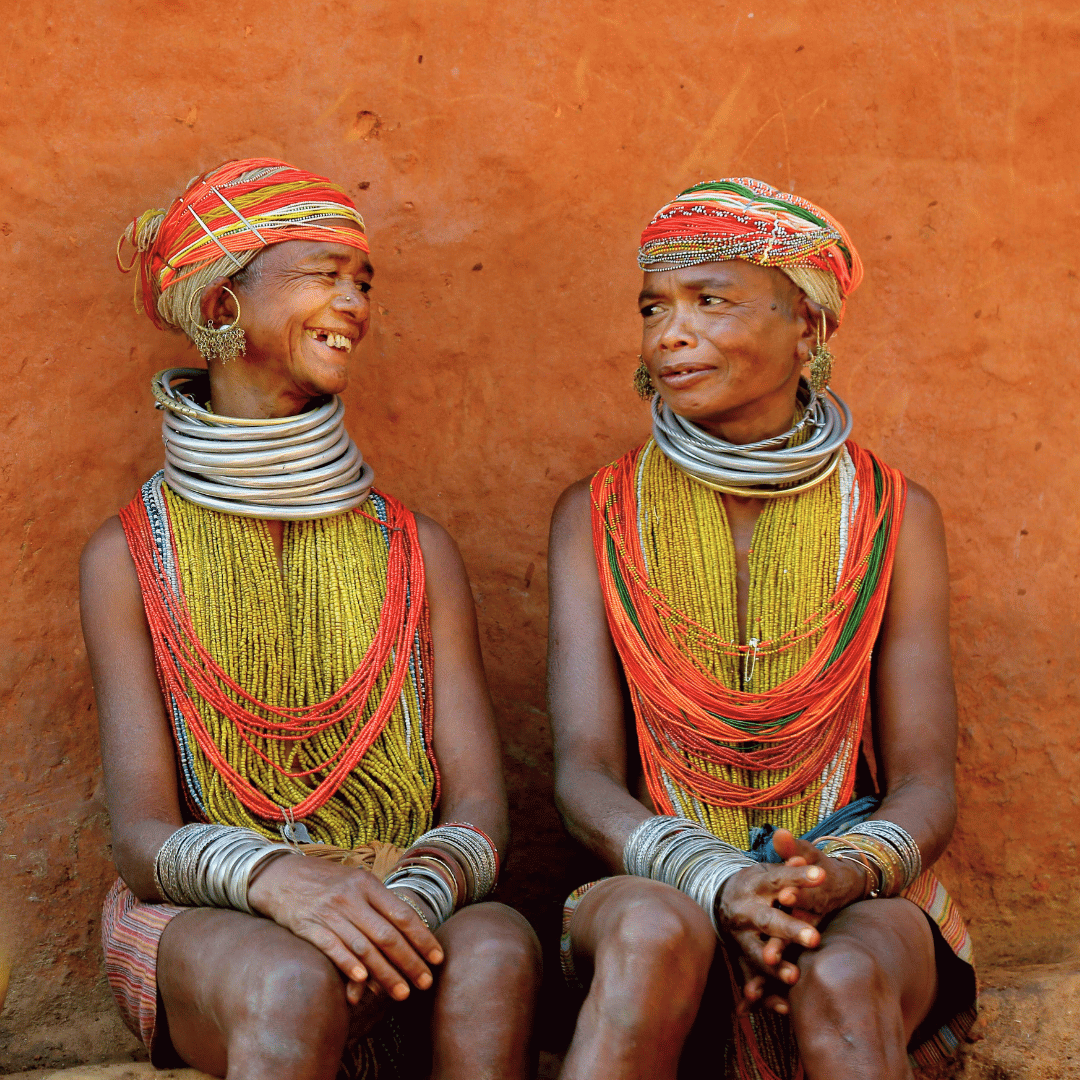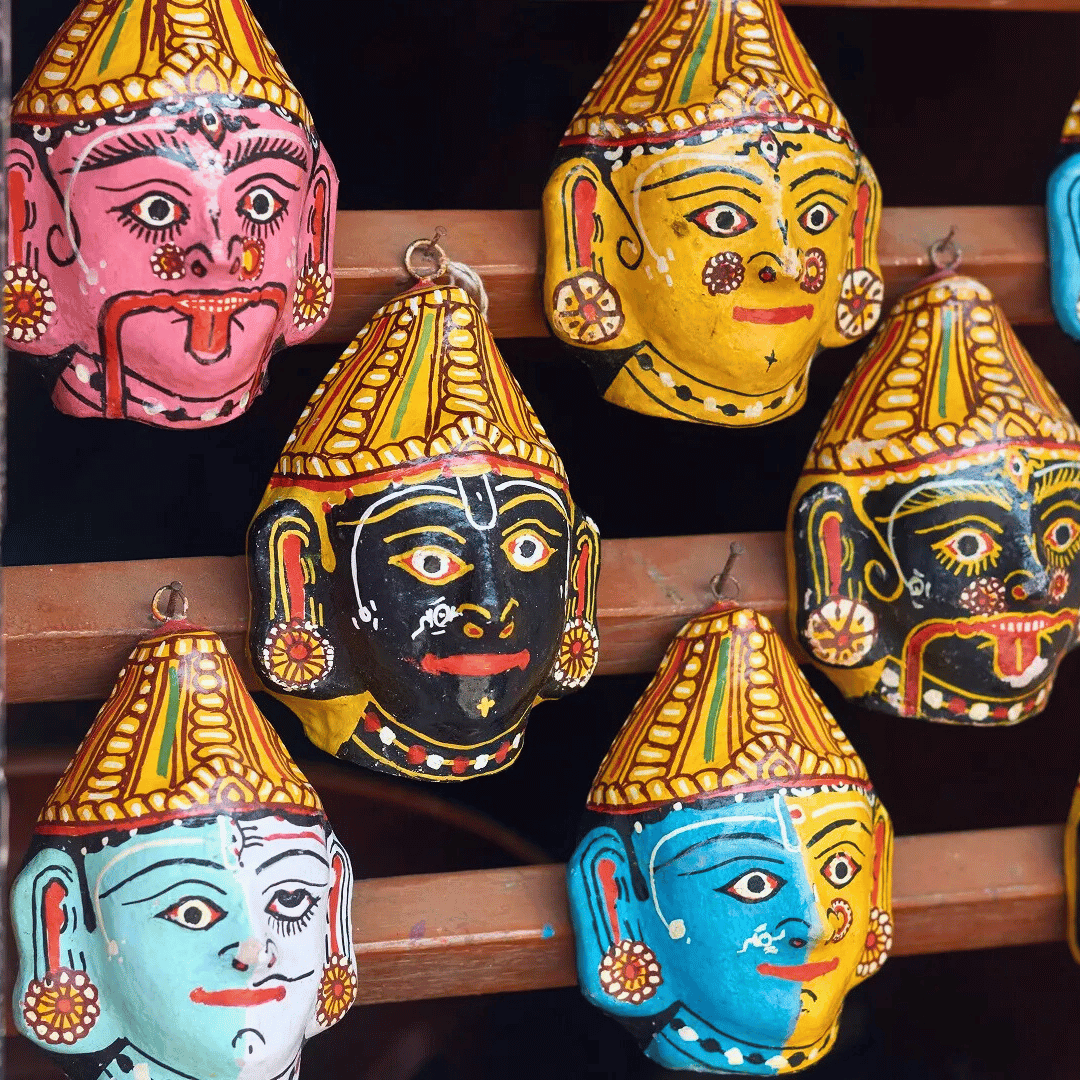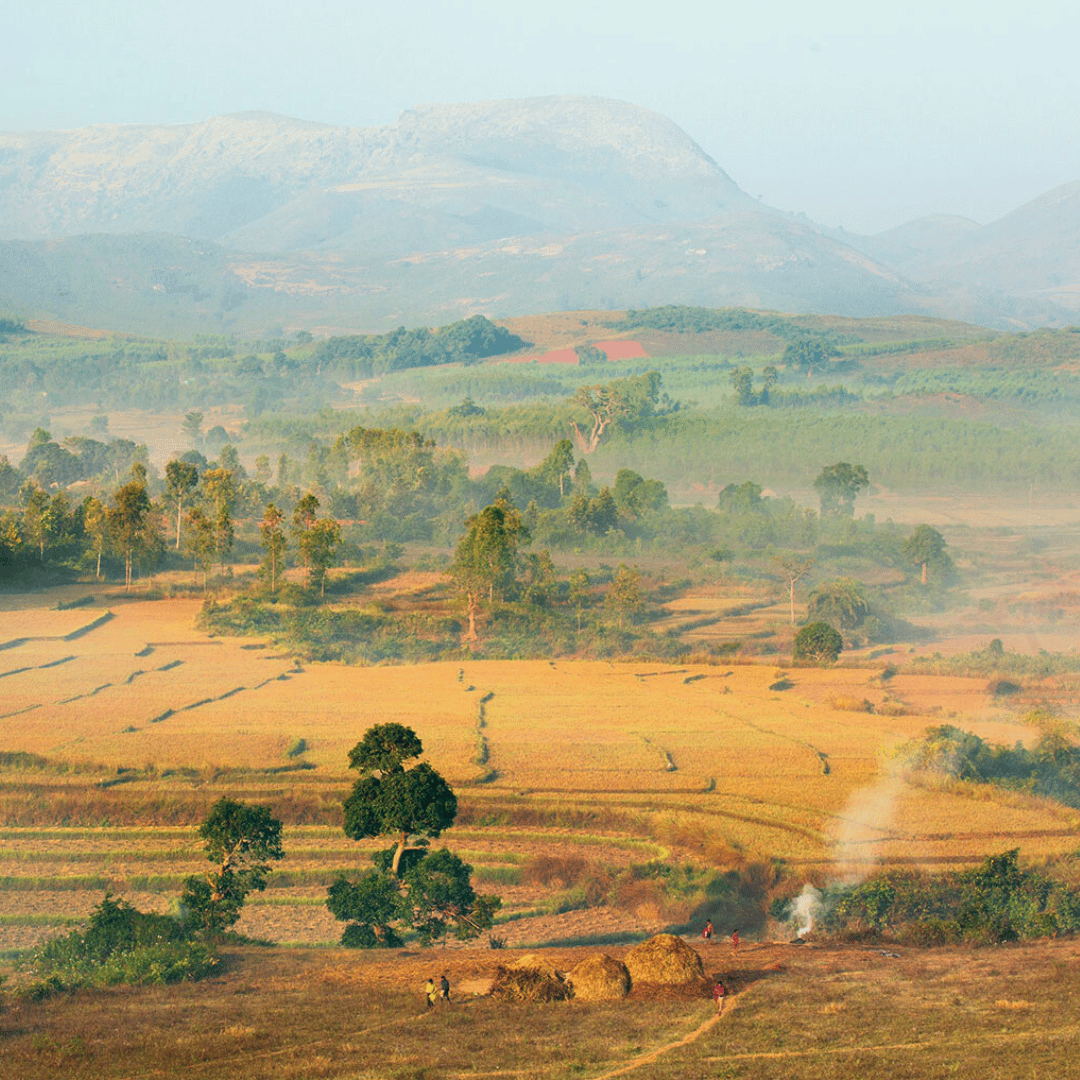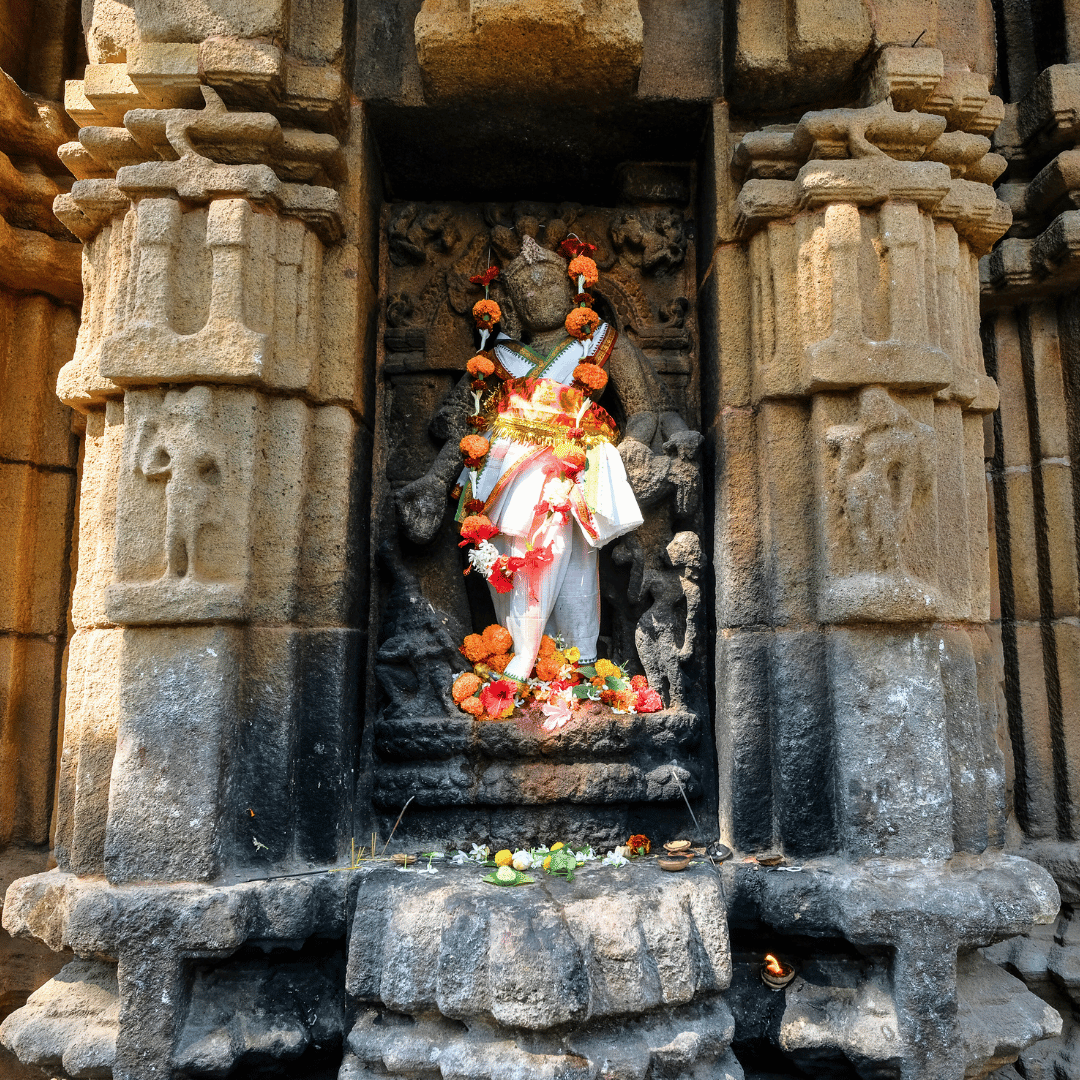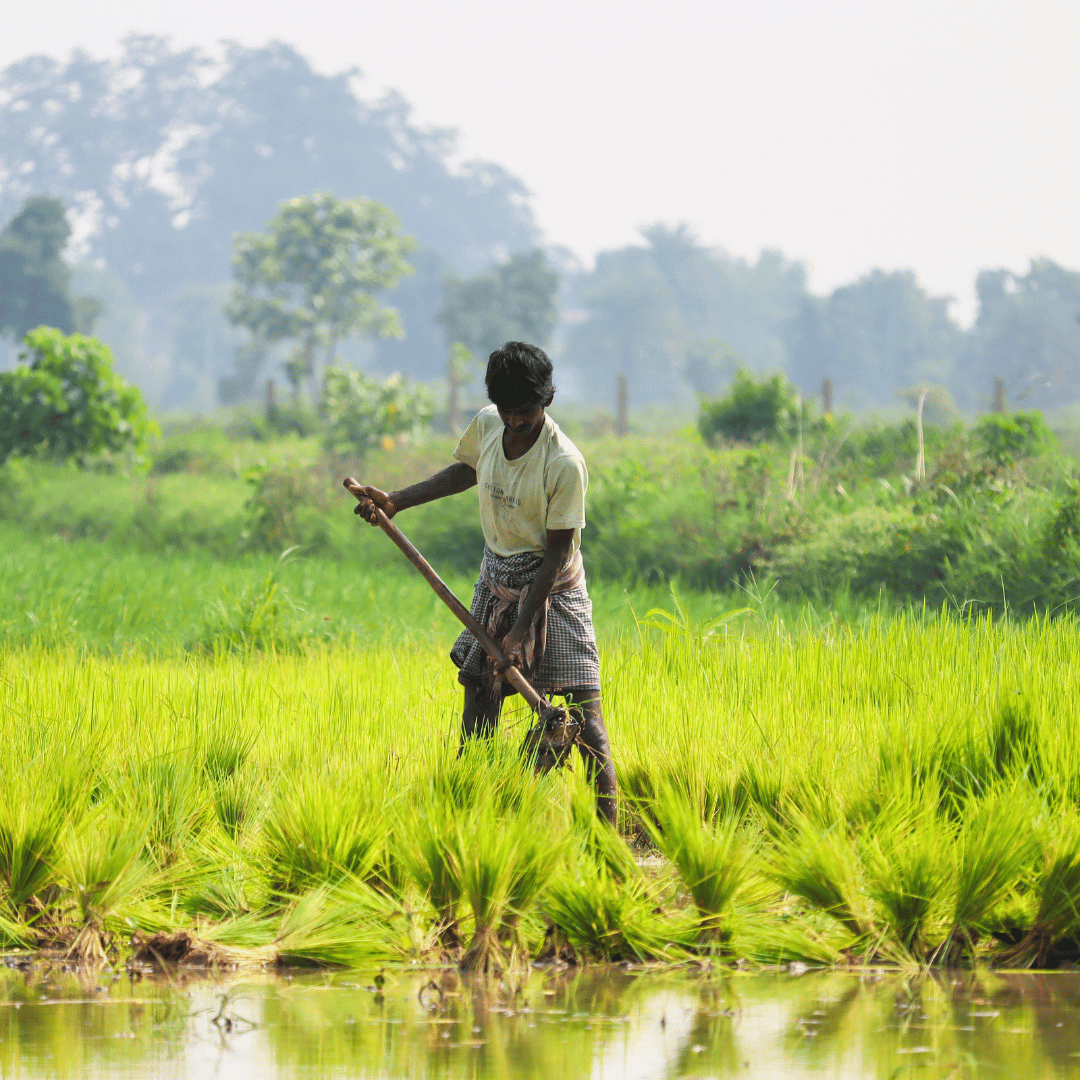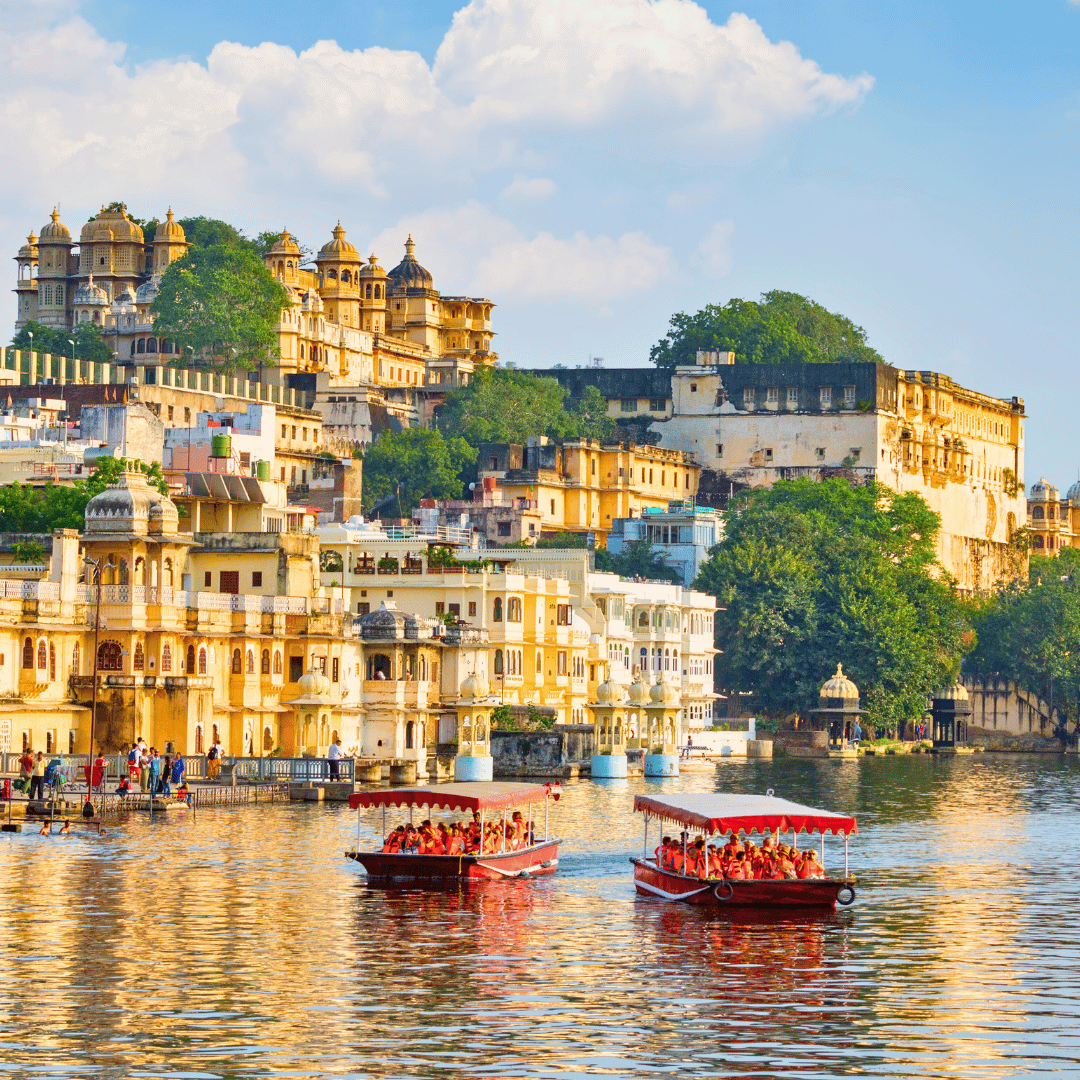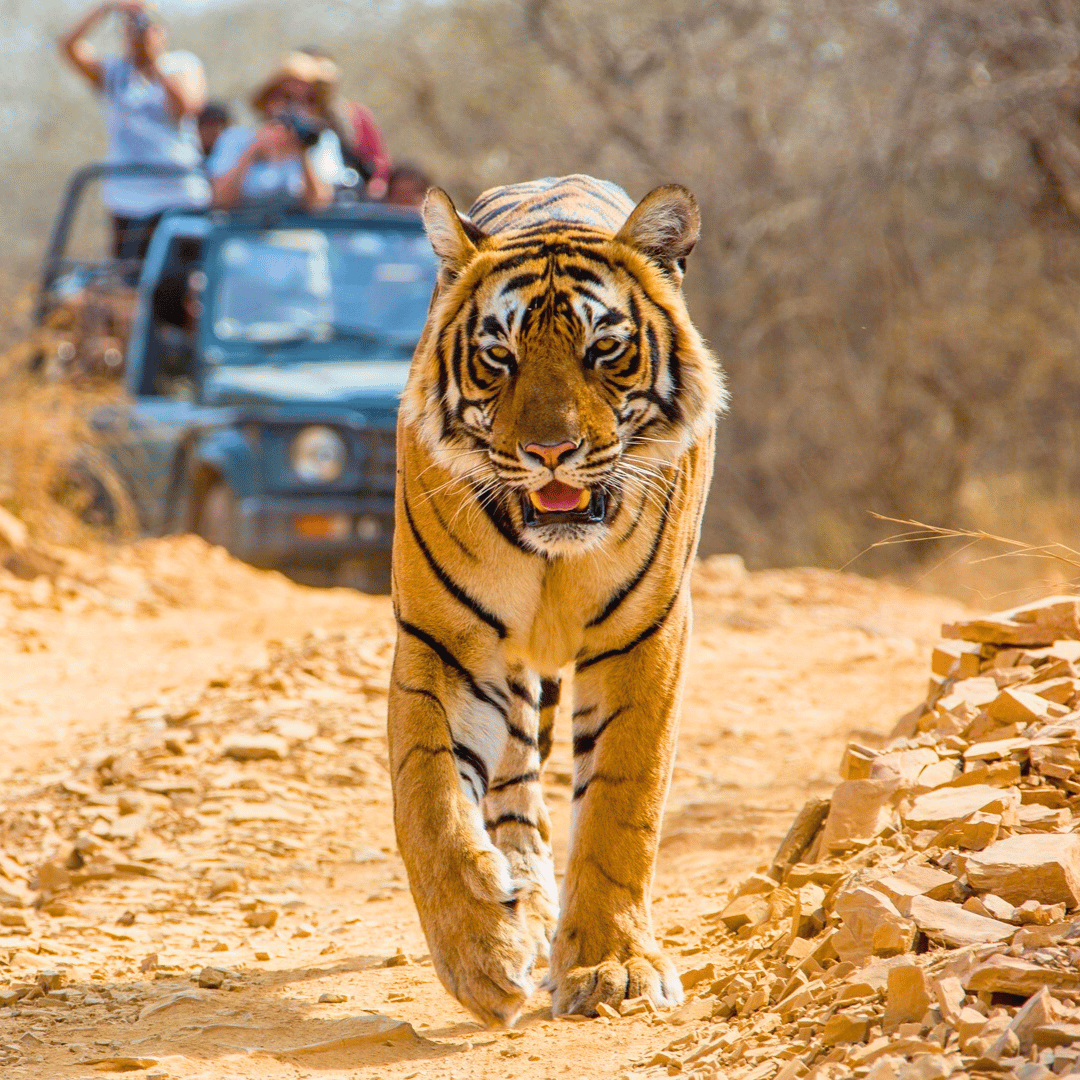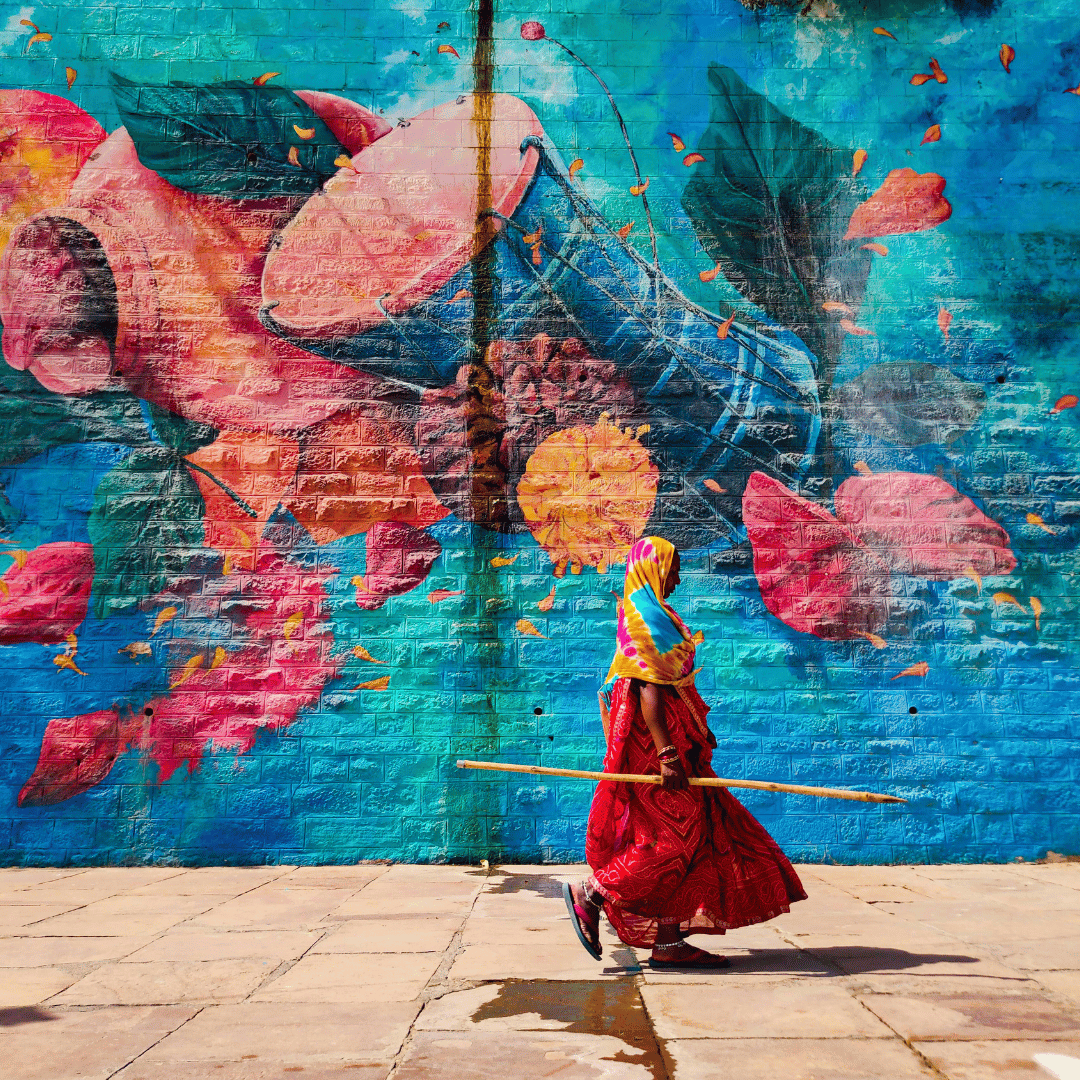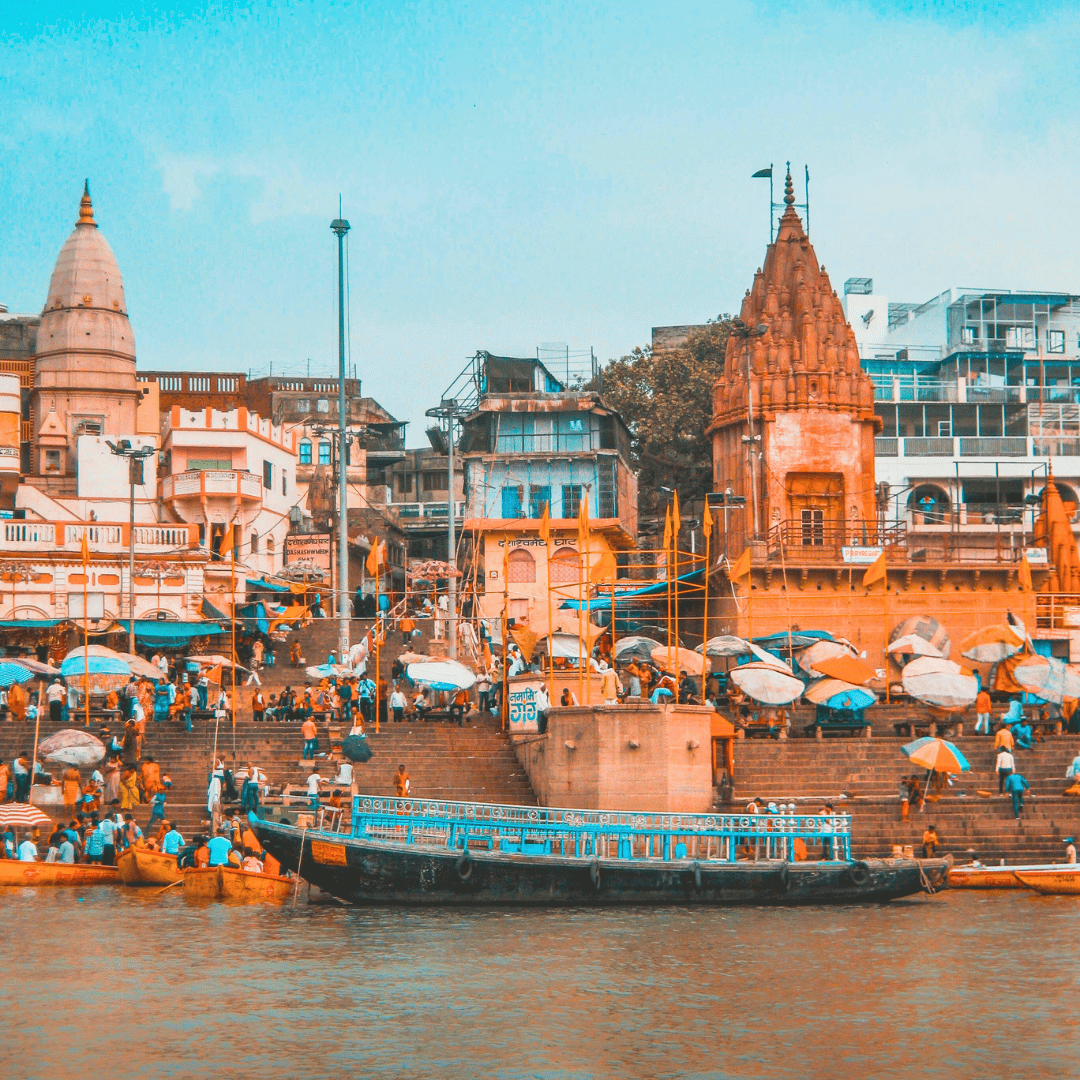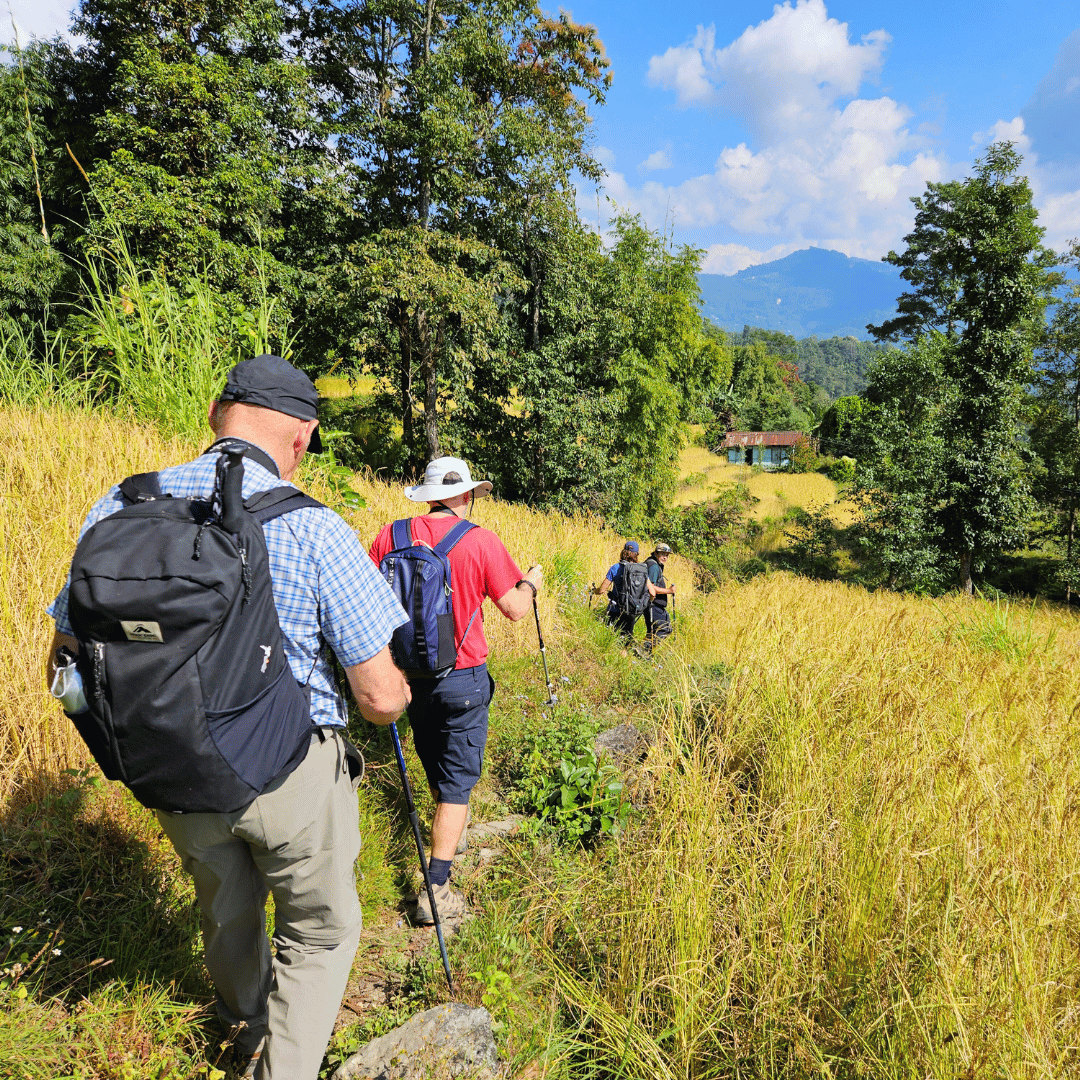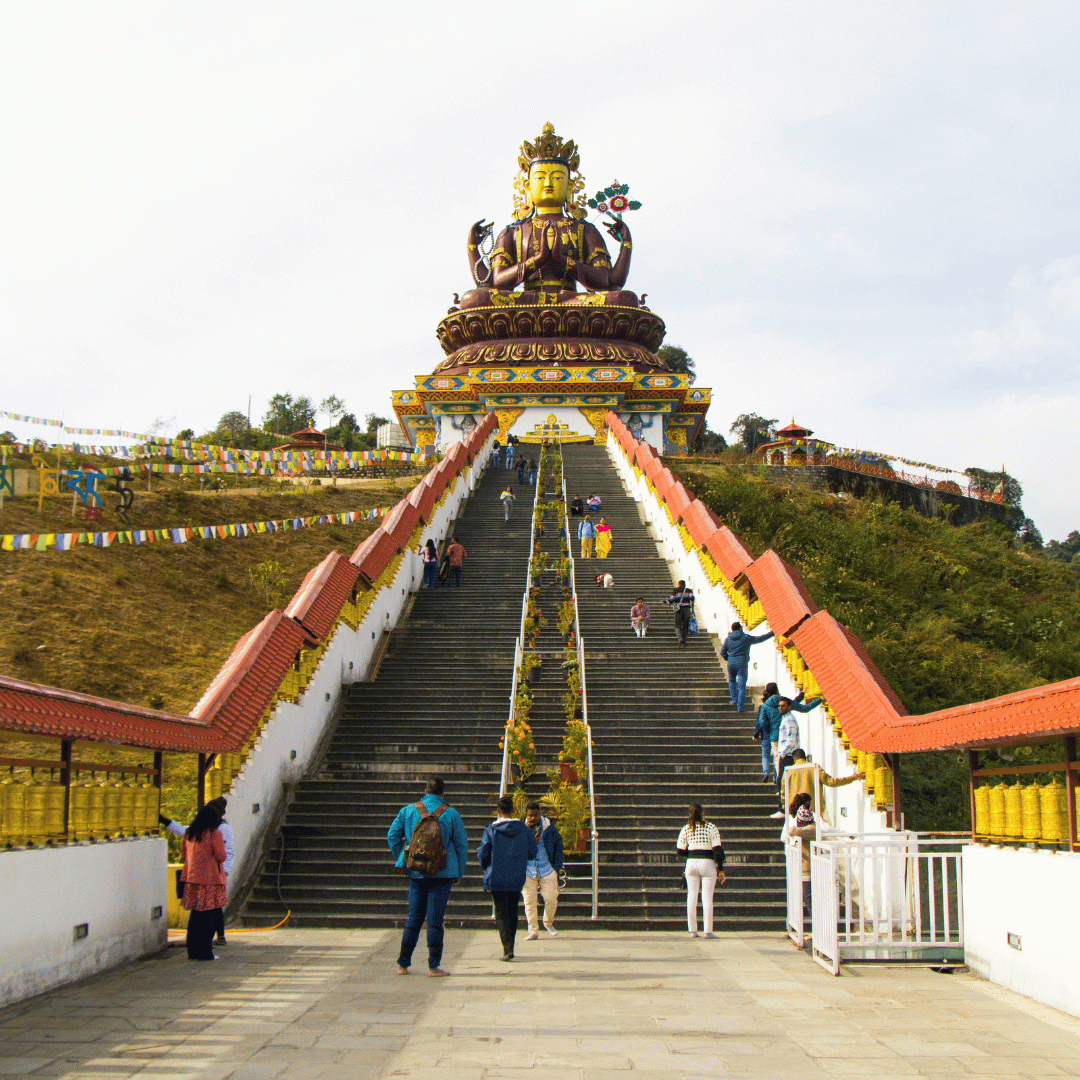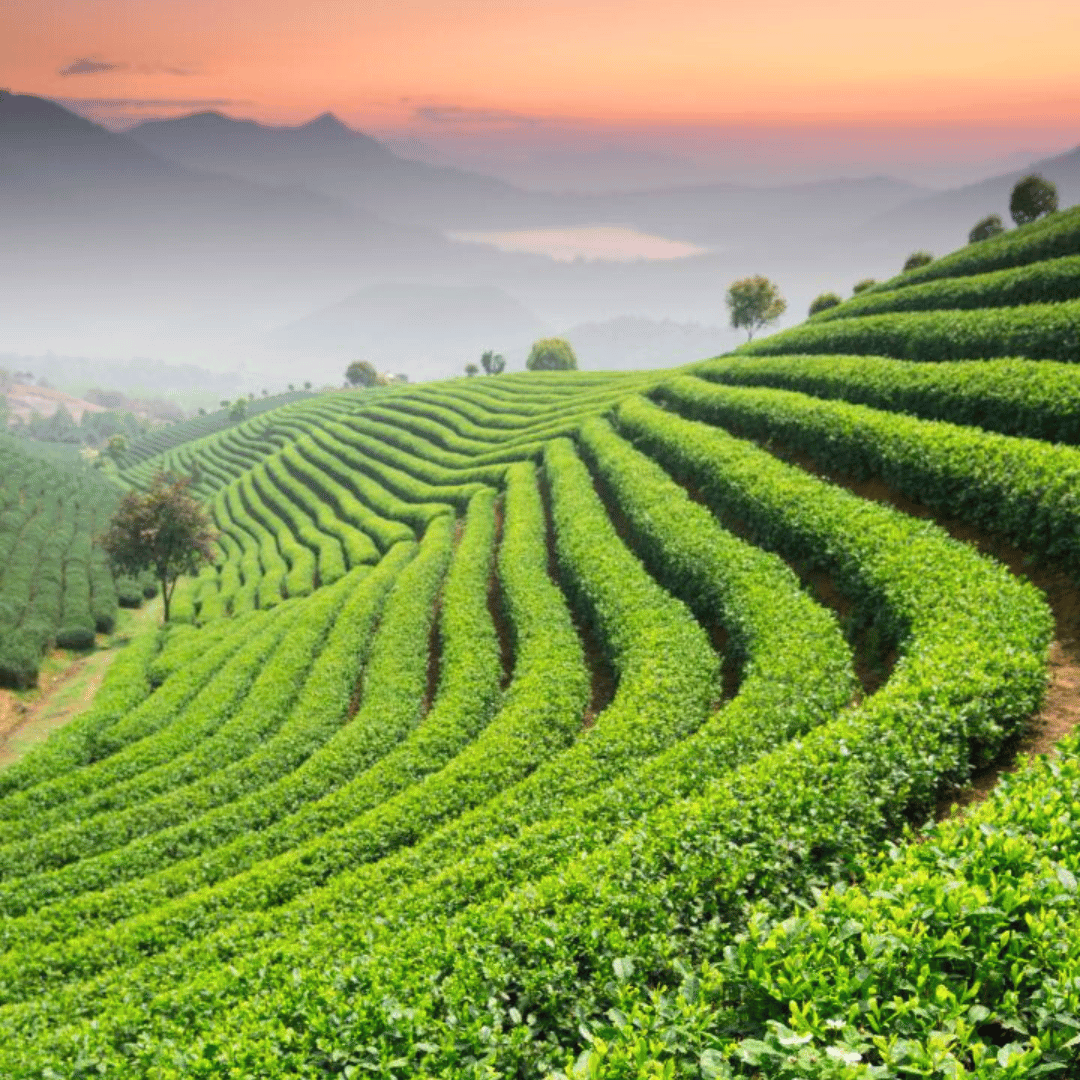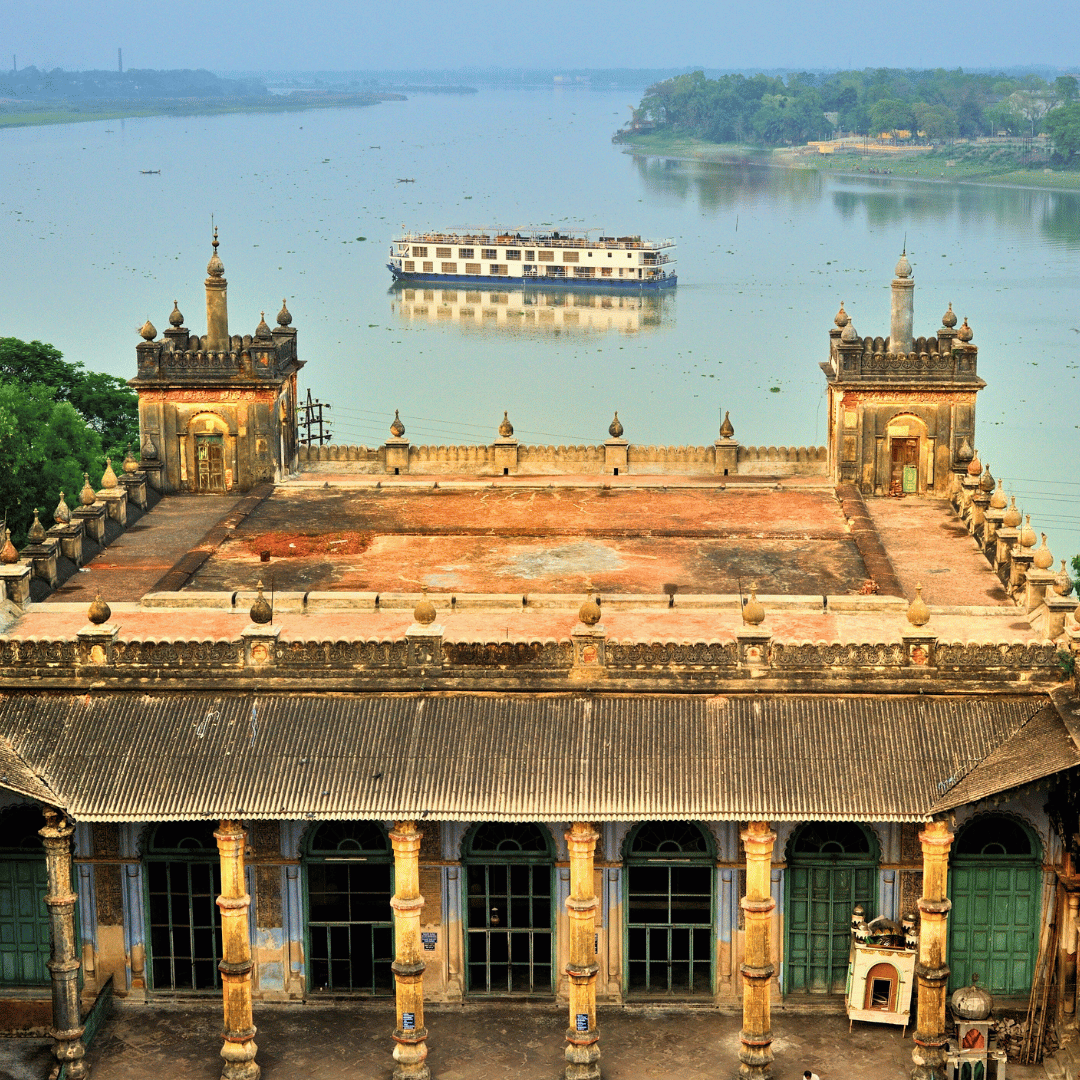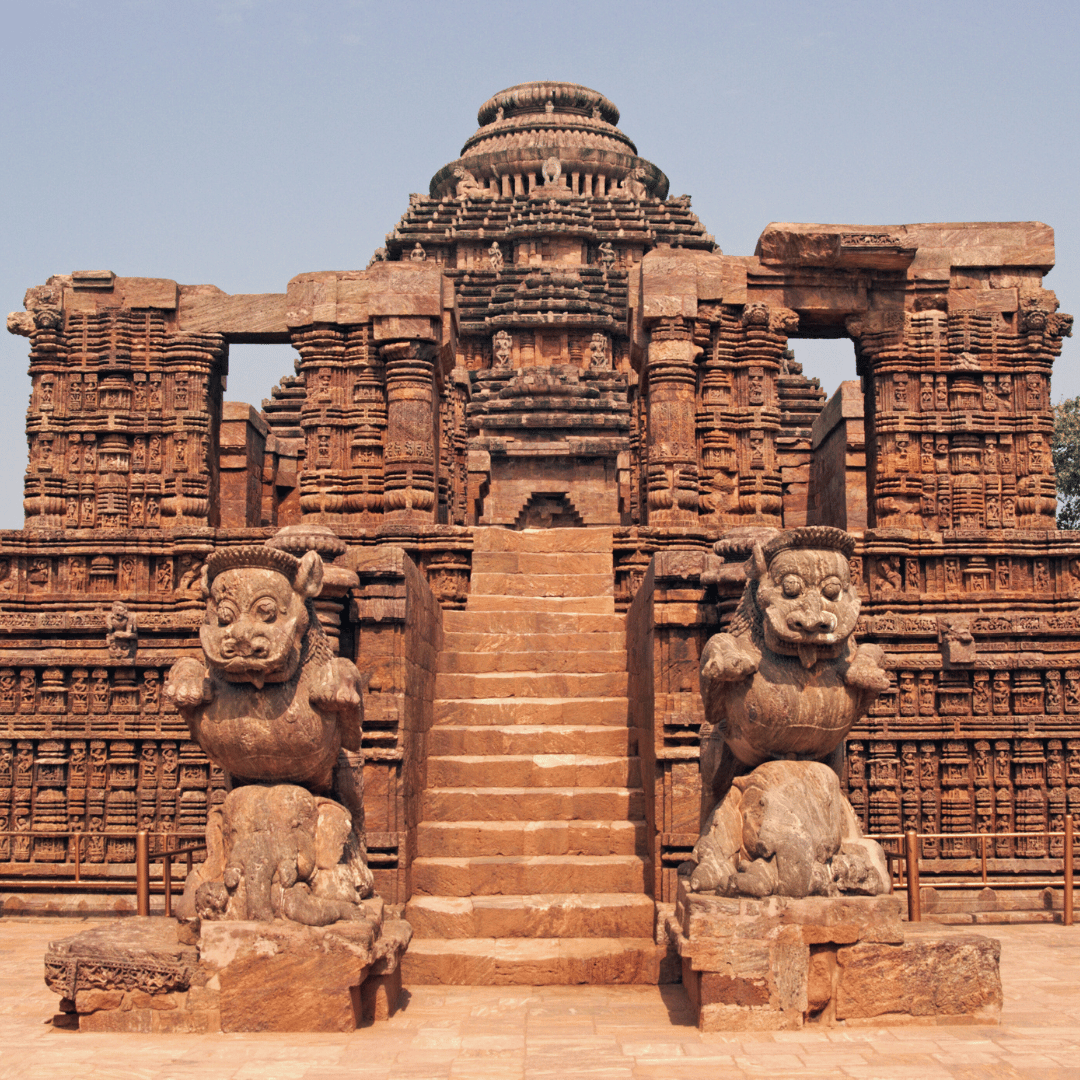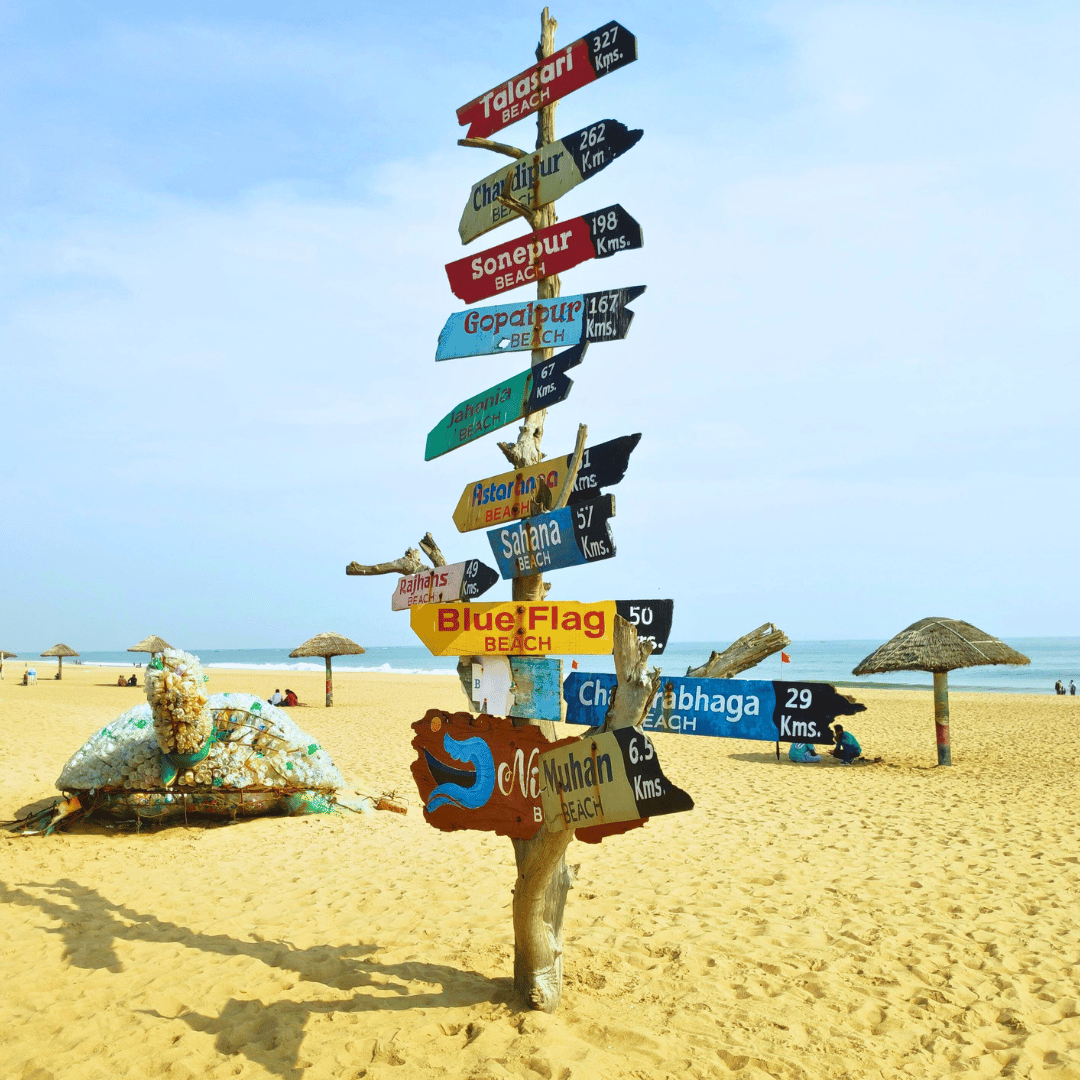10 Days West Bengal Tour Itinerary
-
Welcome to India! Upon arrival in Kolkata, you will be met and transferred to your hotel. Situated on the east bank of the Hooghly River, Kolkata was once the capital of British India, serving as the political and commercial heart of the Raj era. Today, it stands as the capital of West Bengal and remains the principal cultural, commercial, and educational hub of Eastern India.
Kolkata is a city of contrasts, where colonial-era architecture, vibrant markets, and modern high-rises exist alongside historic temples, mosques, universities, and museums. Known for its diverse communities and intellectual heritage, the city has long been a centre of art, literature, and social movements, earning its reputation as India’s "City of Joy".
This evening, set out on a guided orientation walk, an ideal introduction to Kolkata’s rich history and lively street culture. Stroll past heritage buildings, bustling alleyways, and grand colonial landmarks, as your guide shares stories of the city’s past and present. This immersive experience provides the perfect first glimpse into Kolkata’s unique character, setting the stage for your journey ahead.
-
Start your exploration of Kolkata this morning with a half-day city tour, experiencing the city’s unique blend of colonial history, culture, and vibrant street life by car, rickshaw, tram, and foot. Cross the landmark Howrah Bridge, an architectural marvel and one of the world’s busiest cantilever bridges, before embarking on a short heritage walking tour around Dalhousie Square. This historic area, lined with grand colonial-era buildings, was once the administrative heart of British India and remains home to some of the city’s most significant landmarks.
Next, visit College Street, home to the famous College Street Book Market, where thousands of booksellers line the pavements with towering stacks of literature, from rare first editions to well-loved classics. Stop for a coffee at the legendary Indian Coffee House, a favourite meeting place for Kolkata’s intellectuals, poets, and revolutionaries since 1942. This historic café has long been a hub for political discussions, artistic debates, and social movements, offering a fascinating glimpse into the city’s intellectual spirit.
After a traditional Bengali lunch, continue your tour with a visit to St Paul’s Cathedral, the first Episcopal Cathedral in an oriental country, known for its stunning Indo-Gothic architecture and peaceful interiors. From here, head to the Victoria Memorial, often referred to as the "Taj of the Raj", a magnificent white marble structure built between 1906 and 1921 in memory of Queen Victoria. This grand monument, inaugurated by the Prince of Wales (later King Edward VIII), is now a museum showcasing art, artefacts, and historical exhibits from the colonial era.
In the afternoon, visit the Mother House, the headquarters of the Missionaries of Charity, founded by Mother Teresa. This simple yet deeply moving site houses her tomb and continues to serve as a centre for humanitarian work. Conclude your tour with a visit to the Kalighat Kali Temple, one of the 52 Shakti Peethas in India and an important pilgrimage site dedicated to Goddess Kali. With its rich spiritual significance and deeply devotional atmosphere, it draws pilgrims from across the country who come to seek blessings at this revered temple.
-
After an early morning breakfast, or with a packed meal, set off on a five-hour drive to Shantiniketan, stopping en route at Bishnupur, a town famed for its terracotta temples and rich artistic heritage.
Once the capital of the Mallabhumi kingdom between the 17th and mid-18th centuries, Bishnupur is renowned for its intricately decorated terracotta temples, each telling stories from Hindu mythology through detailed carvings and elaborate friezes. The most celebrated of these is the Shyama Raya Temple, built in 1643, which depicts scenes from Krishna’s life and episodes from the Ramayana. Other notable temples include the Rasa Mancha, with its distinctive pyramidal roof and 108 pillars, and the Keshta Raya Temple, known for its twin-roofed structure and ornate terracotta panels featuring floral motifs, scrollwork, and scenes from both the Ramayana and Mahabharata.
Beyond its temples, Bishnupur is a centre of Bengal’s traditional crafts. The town is famous for its terracotta artefacts, including the iconic Bankura horse, Dokhra metalwork, and conch-shell and bell-metal wares. It is also well known for its tussar silk, particularly baluchari sarees, which feature woven depictions of Mahabharata legends along their borders and pallus. After lunch in Bishnupur, continue the drive to Shantiniketan, checking in to your hotel on arrival.
This evening, enjoy a special cultural experience over dinner as you are entertained by a Baul singer, one of Bengal’s traditional wandering minstrels, whose soulful ballads reflect themes of spirituality, love, and devotion.
-
Shantiniketan, meaning ‘abode of peace’, was founded in 1921 by Rabindranath Tagore, one of India’s most revered poets and Nobel Laureates. His vision was to create an open-air institution focused on arts, humanities, and community living, where students would learn in harmony with nature. Today, this institution has grown into Visva-Bharati University, a globally recognised centre of learning. Over the years, it has produced notable alumni, including Nobel Prize-winning economist Amartya Sen and renowned filmmaker Satyajit Ray, and continues to attract thousands of visitors each year.
Begin your exploration of Shantiniketan with a visit to Amar Kutir, meaning ‘my cottage’. Once a hideout for activists during India’s independence movement, Amar Kutir has since transformed into a cooperative society promoting traditional village arts and crafts. Browse through handcrafted leather goods, kantha-stitched saris, bamboo crafts, and batik textiles, all created by skilled artisans. The centre also houses a needlecraft unit, shola and lac crafts workshops, and a hand-block printing training centre, preserving Bengal’s rich artistic heritage.
Continue to the Uttarayana Complex, the former residence of Rabindranath Tagore. This unique estate consists of several buildings of varying architectural styles, reflecting both traditional and modern influences. Within the complex, visit the art gallery and museum, which displays Tagore’s Nobel Prize medal (awarded in 1913), along with personal artefacts and manuscripts. Also within the estate is the Prayer Hall, constructed in 1863 by Tagore’s father, Maharshi Devendranath Tagore, a site of spiritual gatherings and reflection.
End your tour at Kala Bhavana (Institute of Fine Arts), a distinguished art college known for its exhibits of sculptures, frescoes, murals, and an extensive library of art books. With its open studios and artistic atmosphere, Kala Bhavana continues to be a hub for creative expression in Bengal.
After lunch, set out on a three-and-a-half-hour drive to Murshidabad, where you will spend the night, ready to explore the historic city the following day.
-
Murshidabad, once the capital of the Nawabs of Bengal, was founded in 1704 by Nawab Murshid Quli Khan, the governor under Mughal Emperor Aurangzeb. This historic city, known for its grand palaces, mosques, and terracotta temples, played a significant role in Bengal’s political and cultural history.
Spend the morning exploring some of Murshidabad’s most fascinating landmarks. Begin at Hazar Duari, or the ‘Palace of a Thousand Doors’, a three-storey palace built in 1837 by General Duncan McLeod of the Bengal Engineers for Nawab Najim Humaun Jahand. Inspired by Italian baroque architecture, the palace boasts an ornate mirror-lined banquet hall and a grand circular Durbar Hall. Today, it serves as a museum, housing an impressive collection of portraits, old weaponry, curios, fine china, and historical paintings. Within the palace grounds stands a vast Imambara, also designed in an Italianate style, adding to the complex’s architectural splendour.
Next, visit the temple complex built by Rani Bhabani (1714–1793), the Zamindar of Natore, renowned for its exquisite terracotta carvings that showcase Bengal’s artistic heritage. The tour continues with a visit to Khoshbagh Cemetery, or ‘Garden of Delight’, situated on the opposite bank of the Bhagirathi River. This peaceful riverside burial ground is the final resting place of Nawab Siraj-ud-Daulah and his family, offering a quiet retreat steeped in history.
After lunch, depart on a four-hour drive to Maldah, where you will spend the night, preparing for another day of exploration in Bengal’s historic heartland.
-
Spend the morning exploring Maldah, a town rich in Bengal’s medieval history, before embarking on a day excursion to the evocative ruins of Gaur and Pandua. These abandoned cities, once seats of power, are home to remarkable architectural remnants that reflect centuries of Hindu, Buddhist, and Islamic influences.
Begin at Gaur, which flourished during the 15th and 16th centuries but has an even older history, dating back to the Buddhist Pala dynasty of the 8th century. Among the key sites here is the Sagar Dighi, a vast water tank constructed in the 12th century, which still serves as a focal point of the landscape. Explore the Dakhil Darwaza, the main fort gateway, built with small red bricks embossed with intricate terracotta decorations. Wander through the remains of several historic mosques, the most notable being the Sona Mosque, built in 1526. Though now in ruins, the fine marble carvings on its minarets still offer a glimpse into its past grandeur.
Continue to Pandua, which served as the alternate seat of power between 1338 and 1500 before being abandoned. The town boasts a remarkable concentration of Muslim monuments, including the Adina Masjid, built in the 14th century and inspired by the Great Mosque of Damascus. Once the largest mosque in the Indian subcontinent, its vast open courtyard and crumbling arches remain a testament to its former importance. Another significant site is the Eklakhi Mausoleum, one of Bengal’s earliest square brick tombs, showcasing a distinctive architectural style that later influenced Mughal design.
After a full day of exploration, return to Maldah and transfer to the railway station to board an evening train to New Jalpaiguri. On arrival, you will be met and transferred to your hotel for an overnight stay, preparing for the next leg of your journey.
-
After a leisurely breakfast, set off on a two-hour drive to Kurseong, a charming hill station perched at 1,458 metres above sea level. Known as the "Land of White Orchids", Kurseong is surrounded by lush tea estates, orange orchards, and misty mountain landscapes, making it a serene retreat in the Eastern Himalayas.
On arrival, check in to your hotel, and enjoy the remainder of the day at leisure. You may wish to explore one of the many walking trails, offering spectacular views of the rolling hills and distant peaks. Alternatively, visit Cochrane Place, a beautifully restored British colonial home on the outskirts of town. Relax with a cup of locally grown tea, soaking in the picturesque views of tea plantations and the Himalayan foothills, as you unwind in this tranquil mountain setting.
-
This morning, take a guided tour of the Makaibari Tea Factory and Plantation, one of India’s oldest tea estates, established in 1859. Unlike traditional tea plantations that follow monoculture farming, Makaibari adopts integrated forest management, where permaculture techniques create a multi-tiered ecosystem of tea bushes, trees, and plants—mirroring the natural structure of a subtropical rainforest. This sustainable approach not only enhances the flavour of the tea but also preserves the biodiversity of the region.
After lunch, transfer to Kurseong Station to board the iconic "Toy Train" for the scenic 30-kilometre (three-hour) journey to Darjeeling. Built between 1879 and 1881, the Darjeeling Himalayan Railway is a UNESCO World Heritage-listed Mountain Railway, known for its narrow-gauge tracks, looping ascents, and breathtaking mountain views. As the train winds through hilly coniferous forests and terraced tea plantations, you’ll enjoy magnificent vistas of the snow-capped peaks of Kanchenjunga and the swollen rivers coursing through the valleys below.
On arrival in Darjeeling, you will be met at the station and transferred to your hotel, where you can settle in and take in the cool mountain air of this legendary hill station.
-
This morning, set out on a guided sightseeing tour of Darjeeling, visiting two of its most significant cultural and historical landmarks - the Himalayan Mountaineering Institute and the Tibetan Refugee Self-Help Centre.
The Himalayan Mountaineering Institute (HMI) was founded in 1954, following the historic first ascent of Mount Everest in 1953 by Tenzing Norgay and Edmund Hillary. Their success sparked widespread interest in mountaineering, leading to the establishment of this institute to train aspiring climbers and promote mountaineering as an organised sport in India. Tenzing Norgay himself served as its first director of field training, and many early Everest expeditions began their journeys here. The institute houses an engaging mountaineering museum, featuring exhibits on Himalayan expeditions, climbing gear, and artefacts from Everest ascents, offering a fascinating glimpse into the history of high-altitude exploration.
Continue to the Tibetan Refugee Self-Help Centre, founded in 1959 as a rehabilitation centre for thousands of Tibetan refugees who fled their homeland following the Dalai Lama’s exile. The centre was established to provide livelihood opportunities for displaced Tibetans, and today, its main focus is on training artisans and craftsmen in traditional Tibetan handicrafts. Wander through its workshops, where skilled craftsmen create handwoven carpets, woollen shawls, wood carvings, and intricate metalwork, keeping Tibetan artistic traditions alive.
In the afternoon, enjoy leisure time in Darjeeling, strolling through its charming streets and taking in the town’s colonial-era ambience. Be sure to stop at one of the many teashops, where you can savour a cup of locally grown Darjeeling tea - a world-famous brew that might just convert even the most dedicated coffee drinker into a tea enthusiast.
-
Today, transfer to Bagdorga Airport for a flight to Delhi or Kolkata, or transfer to Gangtok for further travels to Sikkim.
The India Unbound Difference
At India Unbound, we’ve spent twenty years on the ground in India, learning all about its intricacies, landscapes and cultures. We use this first-hand knowledge to carefully curate travel itineraries for our guests, and are proud to be a reputable private touring specialist. In addition, our team of local partners offer guarantees of punctuality, quality and service. All of our India private tour itineraries include all accommodation mentioned, daily breakfasts and other meals as specified, all transfers, touring and sightseeing by air-conditioned Toyota Innova or similar vehicle, and internal flights as outlined in the itinerary. Private activities and sightseeing with English-speaking local guides are included, along with entrance fees, drinking water in the vehicle, and all vehicle-related charges such as tolls, parking fees, and taxes. The cost does not include visas or international flights, personal expenses such as drinks and laundry, meals and activities not specifically listed as included, or camera fees, which are rarely applicable. Prices are listed in Australian dollars and are based on per person, twin share. Please note that these may fluctuate depending on the time of year you’re looking to travel, and the type of accommodation you prefer.

